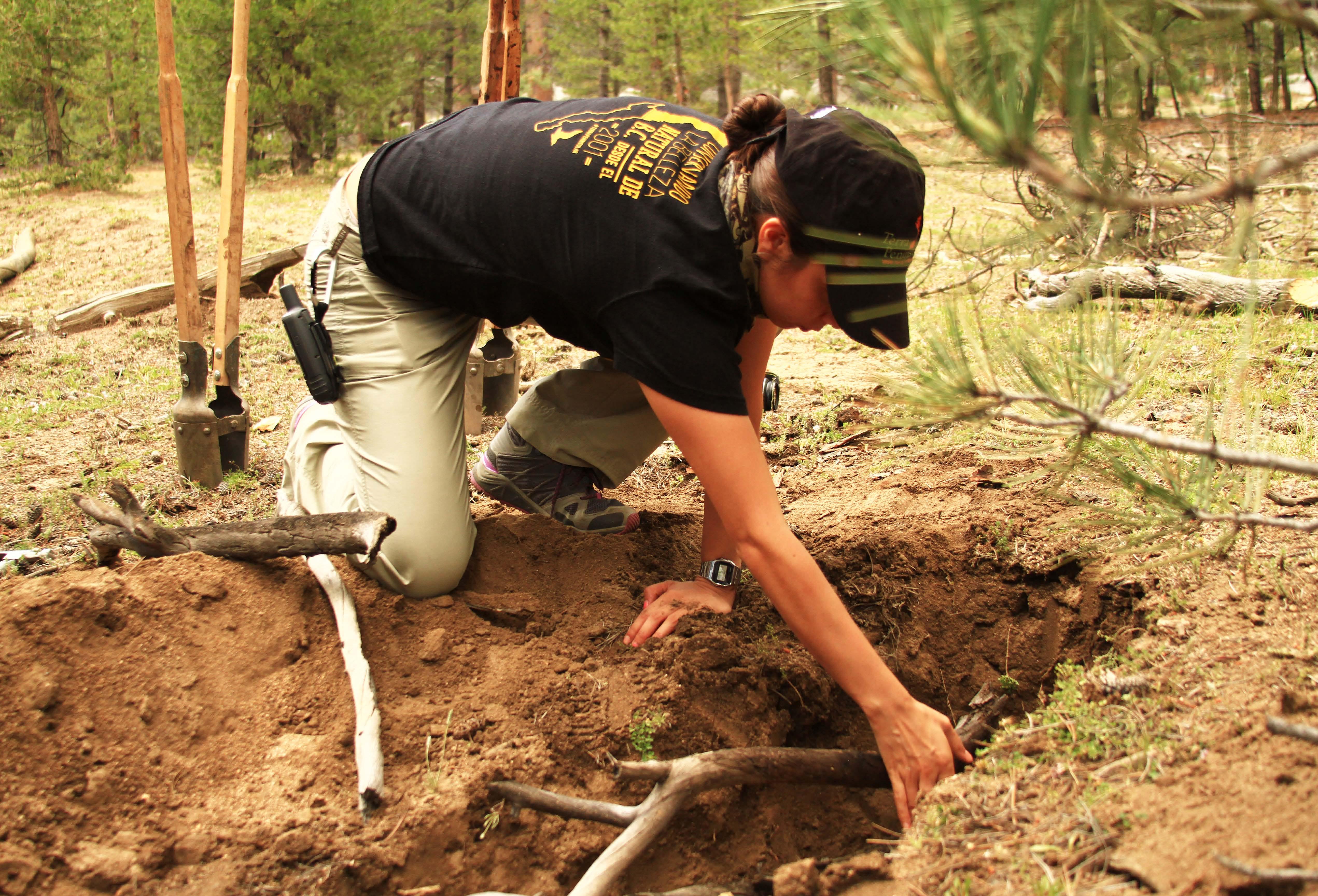
3 minute read
Resilience Project: Sierra de San Pedro Mártir
By Mariana Espinosa Blas and Aurora Torres Valle
The Sierra de San Pedro Mártir is located between 600 and 3098 meters above sea level in the central part of the Baja California state. It is characterized by different ascending scenarios, featuring coastal sage scrub, chaparral, grasslands, wetlands and mixed forests. It is noticeably the majesty of its relief, smooth to the west and very rugged to the east. The incredible mountains, valleys and canyons are a clear evidence of the geological processes that took place millions of years ago.
Advertisement
In addition to these multiple scenarios, the sierra is located in the southernmost portion of the California Floristic Province, an ideal place where great diversity of plants and animals coexist. Thus, it is recognized as a biological corridor, and a well-preserved place that harbors high biodiversity and endemism. This is a key site for species such as the California condor, puma, bura deer, San Pedro Martir squirrel, golden eagle, red-legged frog, among others.

The brigade working on the protection of forest soil.
Photo: Sierra de San Pedro Mártir National Park.
Another important aspect is its hydrology. During the rainy or snow seasons, the main creeks of the higher parts of the mountain range feed the water basins and underground aquifers of the southern zone of Baja California.
Also, the site is highly recognized for its scenic beauty and very dark and mostly clear night skies that allow astronomical observation.
This area is part of the priority water and land regions for conservation, and is the 104th place on the list of Areas of Importance for Bird Conservation, promoted by the National Commission for the Knowledge and Use of Biodiversity (CONABIO) in Mexico.
In 1947 a part of the most forested and high areas of the Sierra de San Pedro Mártir was declared a National Park, a category of Protected Natural Area (ANP) in Mexico.

Rehabilitation of firewall gap.
Photo: Sierra de San Pedro Mártir National Park.
In addition to these recognitions for the protection and preservation of the ecosystems of the Sierra de San Pedro Mártir National Park, it is vital to promote and implement efforts that contribute to this purpose, mainly those that support adaptability to climate change.
That is why the project “Strengthening the effectiveness of the management and resilience of protected natural areas to protect biodiversity threatened by climate change”, better known as the Resilience Project, is being carried out in Mexico to reduce the adverse and indirect impacts of climate change on biodiversity and human communities, by strengthening the management effectiveness of the space configuration of Natural Protected Areas in Mexico.
The Resilience Project is being developed nationwide in 17 Protected Natural Areas, including the Sierra de San Pedro Mártir National Park.
This project is implemented by the National Commission for Natural Protected Areas (Conanp), implemented by the United Nations Development Program (UNDP) in Mexico and financed by the Global Environment Facility (GEF).

The brigade at the construction area of dams.
Photo: Felipe León.
Under this scheme, Terra Peninsular signed a collaboration agreement to be executed between 2019 and 2020, which includes different activities:
•Work is planned to conserve and protect soils with dead branches and trunks to reduce water erosion. •Support measures in indirect actions against forest fires, such as the mechanical treatment of accumulated forest fuel. •Rehabilitation of firebreaks, which function as a barrier to forest fires and help reduce their spread. •Ecosystem restoration in order to contribute to the long-term capture of carbon dioxide in forest biomass.
Parallel to this, training on forest nursery management, germplasm collection and fuel management had been provided to staff and brigade members of the Sierra de San Pedro Mártir National Park. There have also been several actions of climate change adaptation that involve the participation of communities and ejidatarios of the national park’s surrounding areas.
Finally, it is important to mention that the actions of this project are transversal in the different axes that the Resilience Project promotes in the protected areas of the country, as part of the ecosystem-based adaptation and the reduction of vulnerability to the effects of climate change of the region, its biodiversity and communities.

Mechanical treatment of accumulated fuel.
Photo: Bryan Gerardo








